The Salaj Ambulance for Monuments aims to restore the Bethlen Castle ensemble in the village of Dragu, a historical monument built in the early 19th century, through a multiannual programme set to begin this summer.
Known as the Bethlen Castle, the architectural ensemble is located in the centre of the village of Dragu, surrounded by a park accessed through a gate flanked by two rows of storage buildings. According to a monograph of the Dragu commune, created in the early '70s by a group of locals, the current castle was initially built in 1622 by Kamuthy Blasius de Szent Laszlo and, in 1723, was assigned by Emperor Charles VI to Stefan Wesselenyi.
This castle, in a deteriorated state when it was taken over by Wesselenyi, was reconstructed in 1816 and became the property of the Bethlen family through the marriage of Charlotte Wesselenyi with Count Bethlen Edmund, the imperial chamberlain of the Austro-Hungarian emperor. The family was the last noble owner of the building.
The coat of arms of the first owner and an inscription commemorating him can still be found on the castle in Dragu, while above the entrance gate to the small courtyard of the ensemble, the year of restoration, 1816, is inscribed in wrought iron. The current building has a U-shaped floor plan, developed on a basement, ground floor and partially an upper floor (at the ends of the side wings). The three wings of the castle enclose a courtyard, with the fourth side delimited by a transparent fence with wrought iron panels fixed above low masonry parapets.
Nationalised by the communists in 1948, the building has served as the headquarters of the "People's Council" of the commune, a cinema, a disco and a ballroom, with its walls still displaying strange paintings, including one of a rock band or a boy with long hair and a quiver of arrows on his back. Currently, the castle is owned by the local administration, which has attempted to restore the building with private partners or through European funds, although these initiatives have not materialised.
"Currently, the castle is in a continuous state of degradation, with a storm in September 2017 severely damaging the metal and tile roofing. In the past two years, part of the wall on the southern side has collapsed. Initially, this year, we plan to ensure its safety by rebuilding this wall and creating a temporary protection until we can intervene on the roof structure and roofing. We hope this will become a multiannual project, through which we can make progress each year, considering the advanced state of deterioration of the monument. At the moment, we are working on the necessary documentation for the intervention on the historical monument and seeking volunteers for this summer. This year, we will work in four teams, throughout June," Bogdan Ilies, project coordinator on behalf of the Arhaic Association told AGERPRES.
Until now, the Ambulance for Monuments has focused on restoring the roofing of wooden churches in Salaj County. Since 2018, through the involvement of the Ambulance for Monuments, 14 wooden churches have been secured, primarily by changing the roofing.
This year, the wooden churches of Pausa and Doba are planned for restoration.
The Ambulance for Monuments is a project initiated by the Momentum Association, coordinated and implemented in Salaj County by the Arhaic Association and supported by The King's Foundation, an organisation chaired by His Majesty King Charles III of the United Kingdom.
AGERPRES

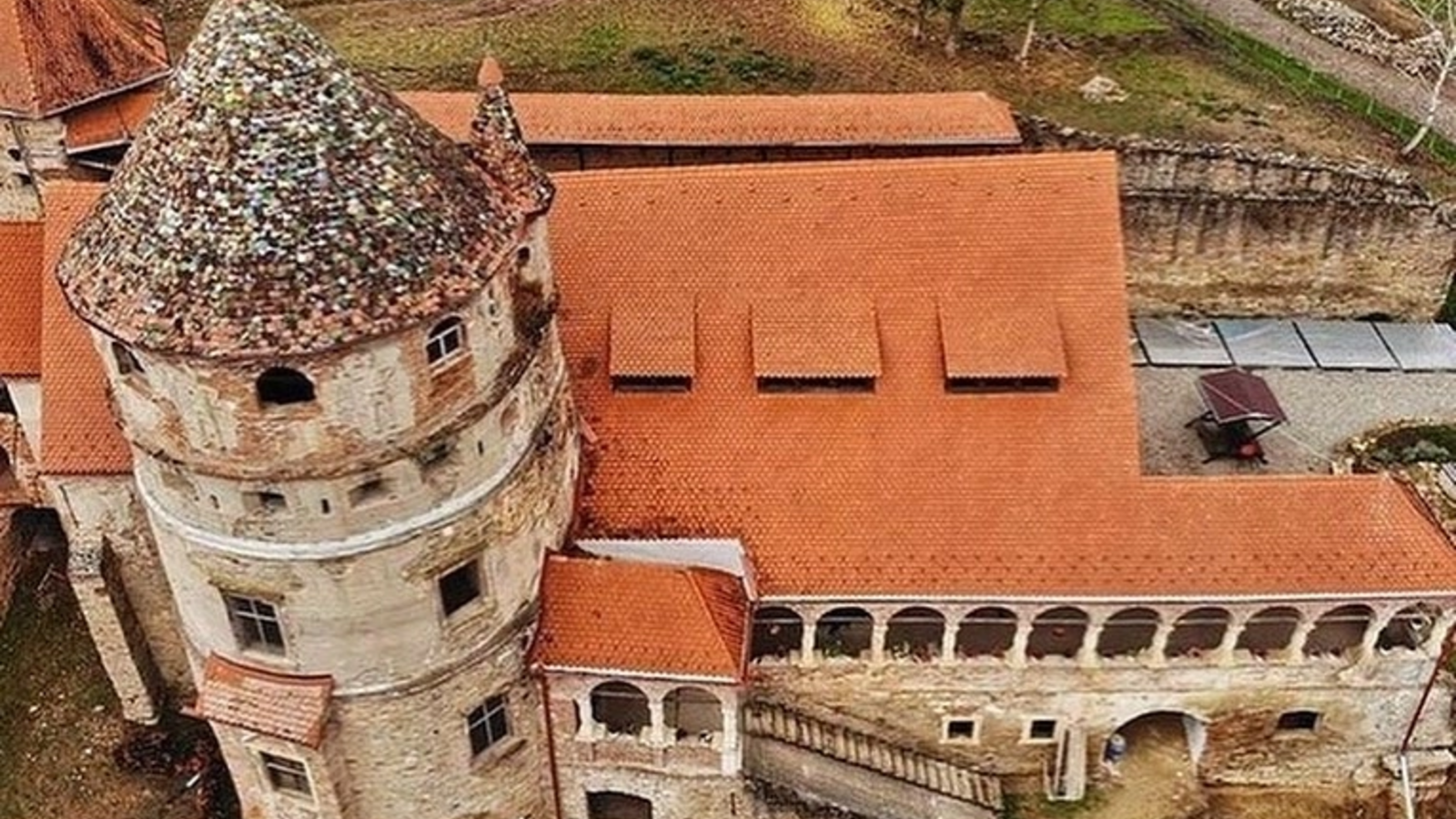



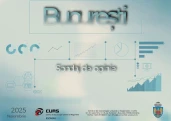


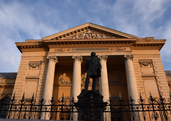




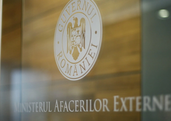
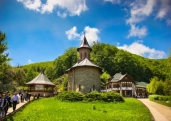
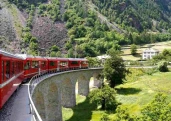




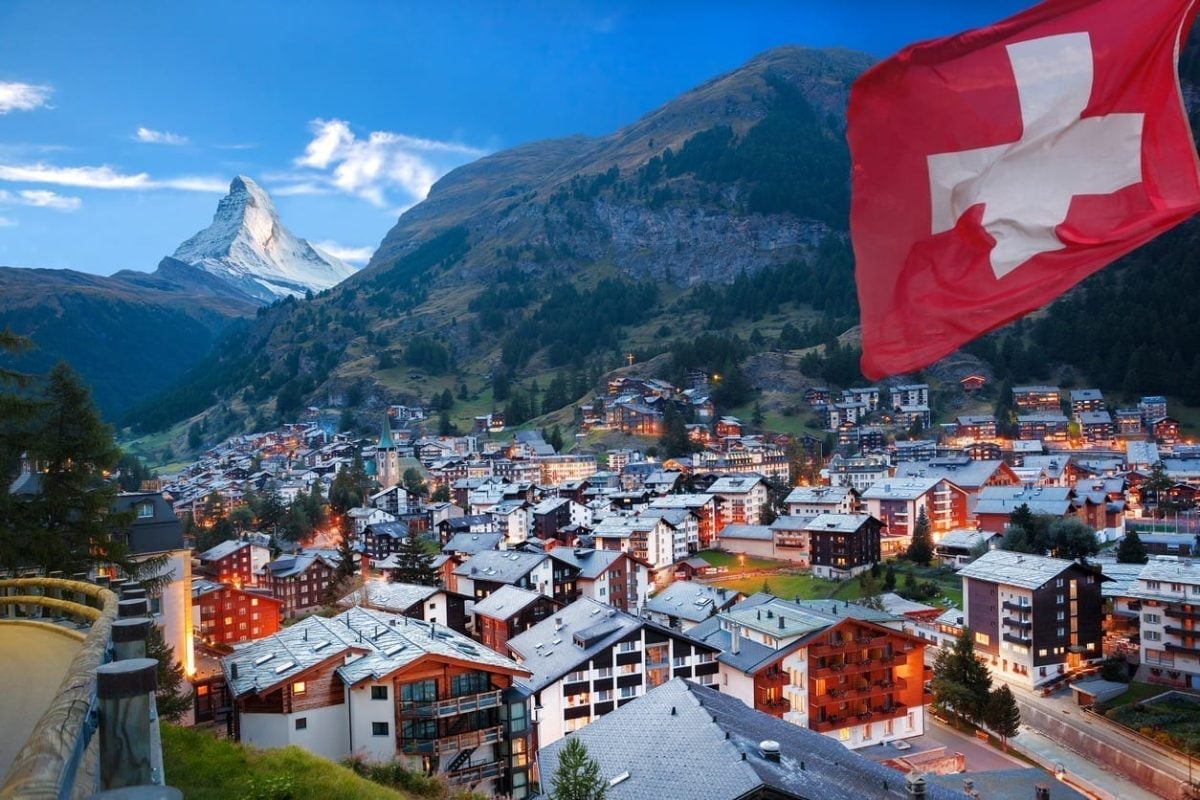

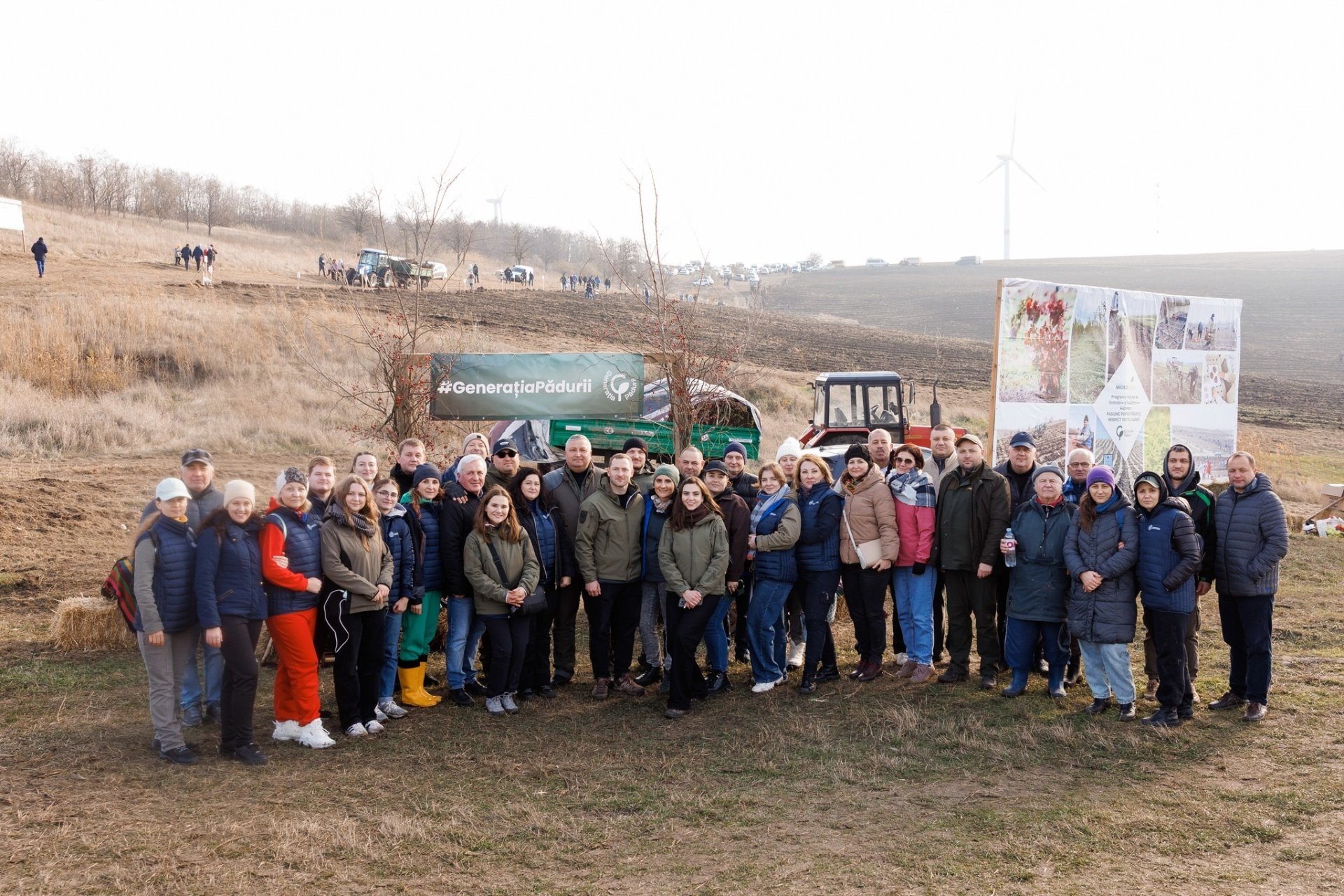







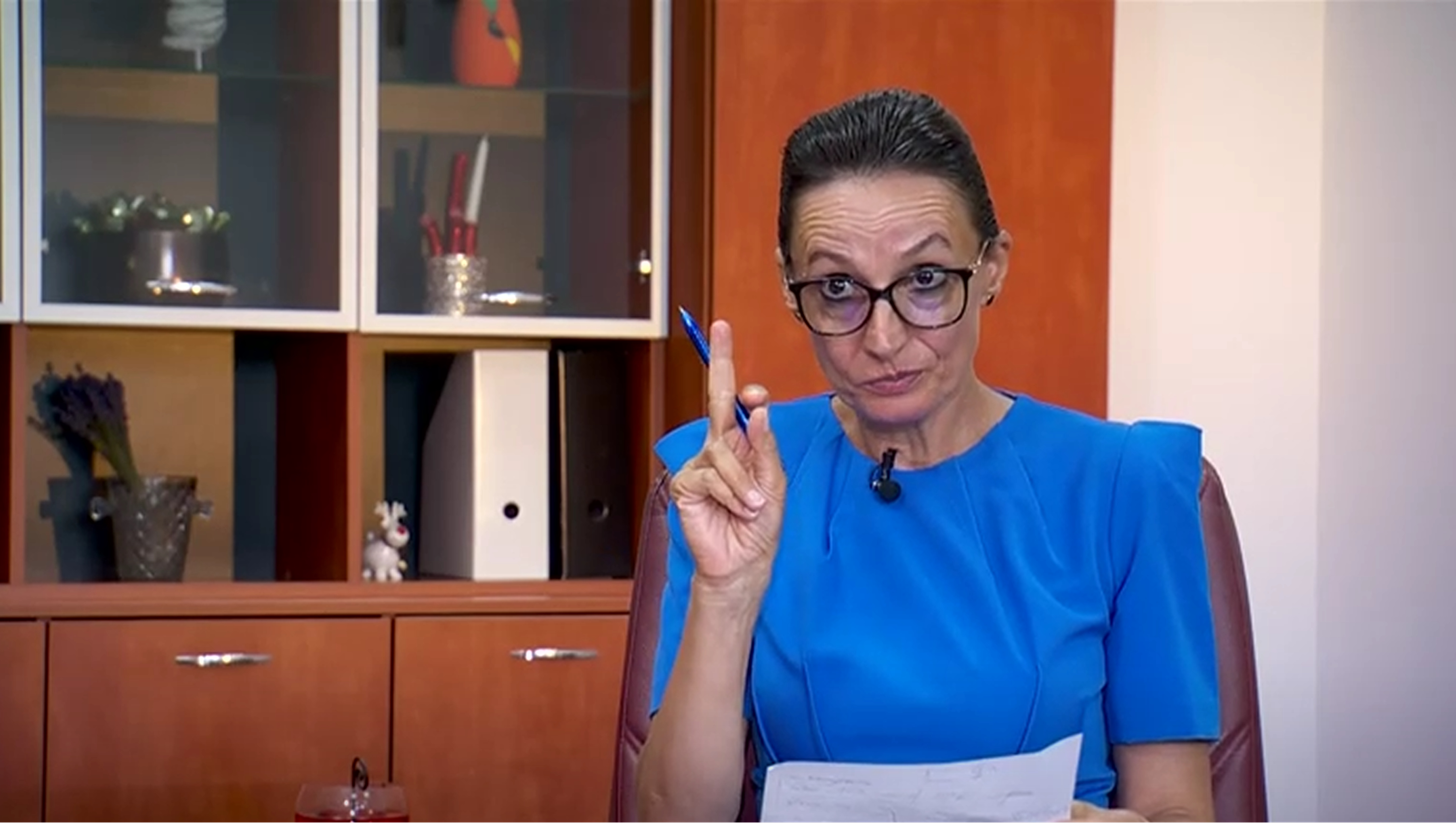


Comentează